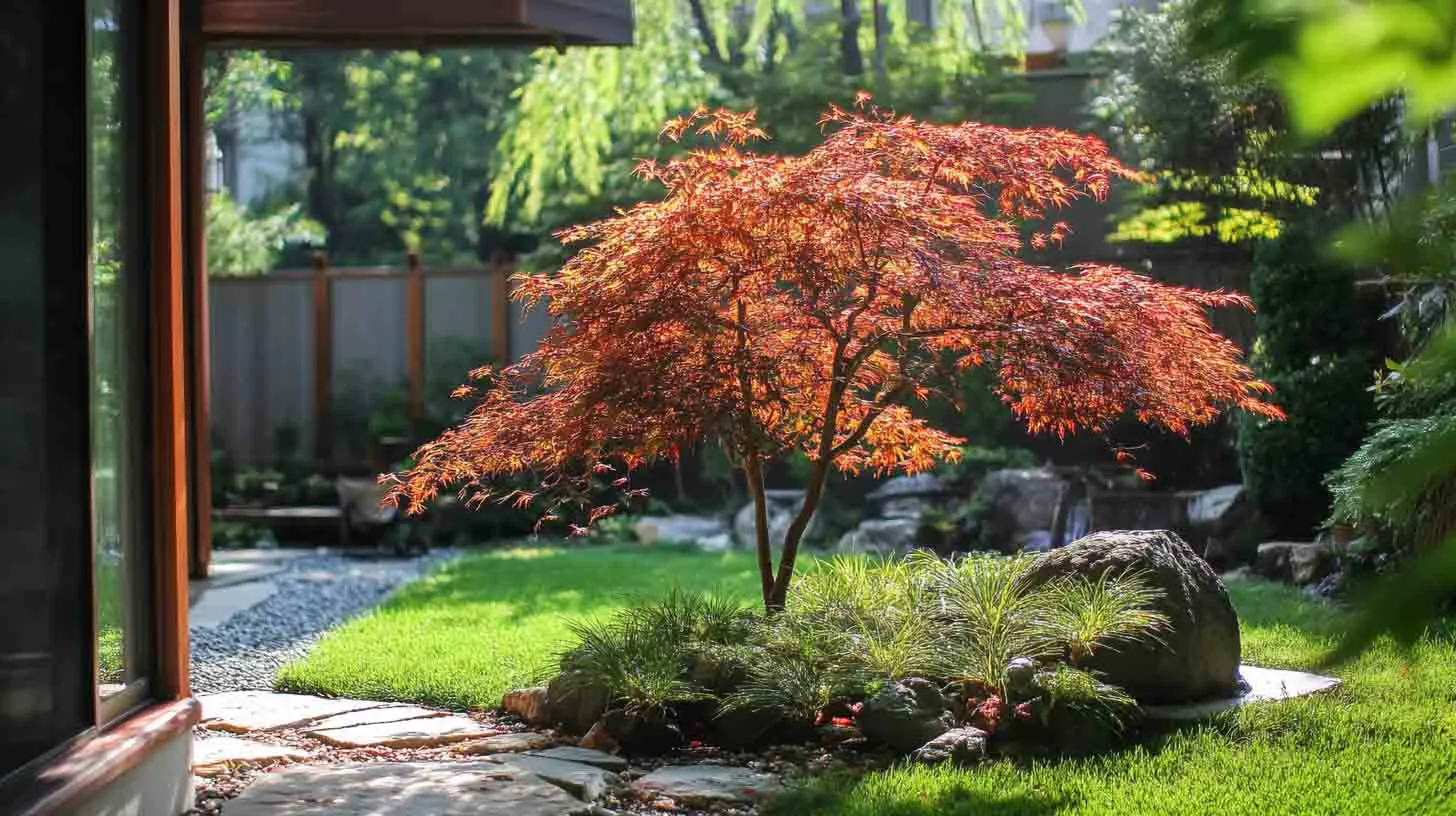I’ll be honest, I never thought trees could add that much value to a property, until I watched my neighbor sell her house for 10% more just because of a well-placed magnolia and some clever shading.
Trees don’t just boost curb appeal, they literally boost your property value.
And here’s the kicker, not all trees are created equal. Some are high-maintenance mess-makers, while others are low-effort gems that buyers love.
So, if you’re planting with purpose, I’ve rounded up 10 superstar trees that can help seriously increase the value of your home.
Why Do Trees Increase Property Value?
There’s something about a beautifully shaded front yard or a privacy-packed backyard that just feels luxurious, right? Well, potential buyers feel the same.
Here’s why trees = higher property value:
- Shade equals savings. Mature trees can lower cooling costs by up to 30%. Yes, really.
- Instant curb appeal. Aesthetic trees improve first impressions big time.
- Long-term investment. Some trees gain value as they mature, like literal growing assets.
- Environmental bonus. Buyers love knowing trees reduce carbon footprints and filter the air.
Bottom line? Strategic planting pays off.
1. Japanese Maple
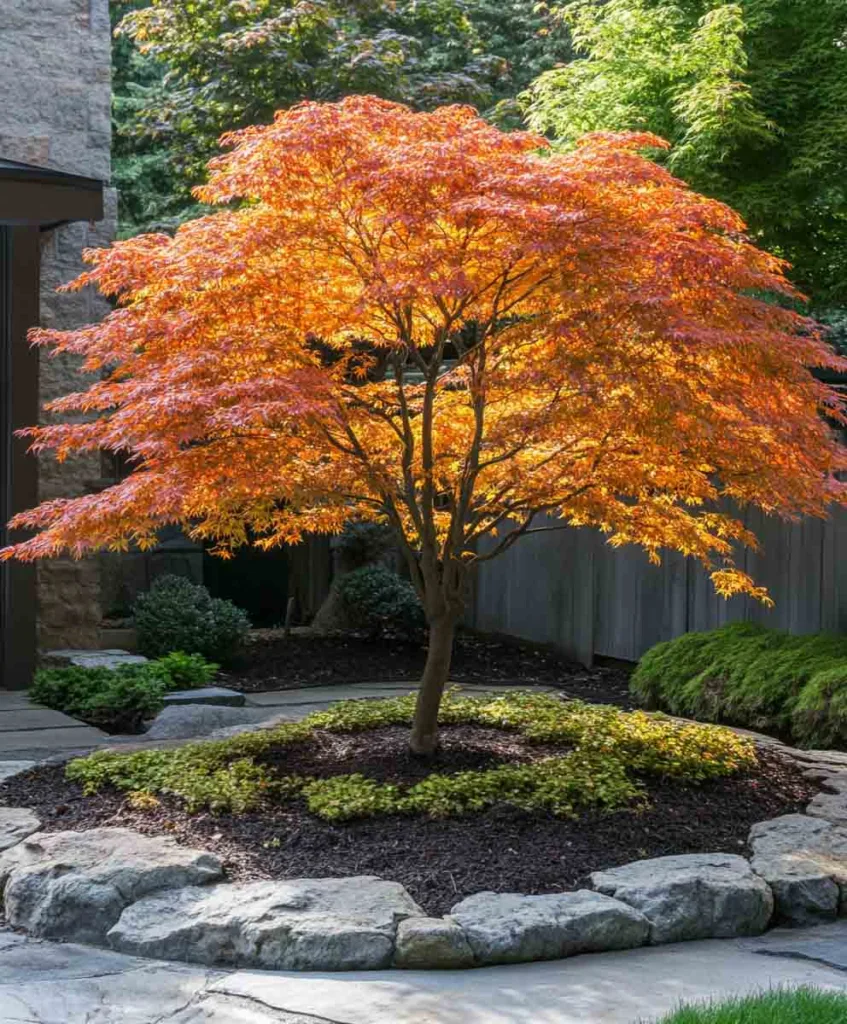
If you’re after elegance and drama, Japanese Maples are a total win.
These stunners have eye-catching foliage that turns fiery red in the fall, and their compact size means they fit beautifully in front yards or near entryways.
- Height: 15–25 feet
- Why it adds value: Bold color, low maintenance, and works in small yards
- Design Tips:
- Plant as a focal point near patios
- Use uplighting to highlight its shape at night
- Pairs beautifully with stone borders
Pro tip: Go for varieties like Bloodgood or Crimson Queen, they’re showstoppers.
2. Crape Myrtle
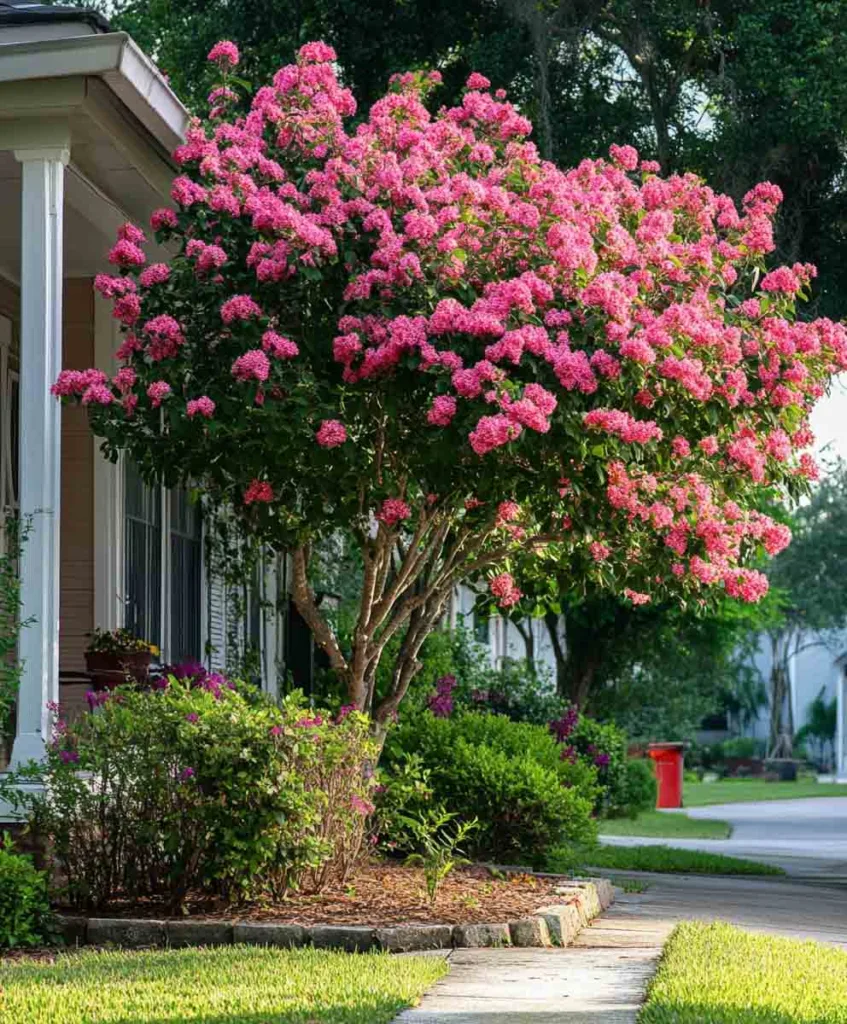
I planted a Crape Myrtle three summers ago, and the compliments haven’t stopped since. This Southern classic gives months of vibrant blooms, even in the heat.
- Height: 15–25 feet
- Why it adds value: Long bloom season, drought-tolerant, and colorful curb appeal
- Design Tips:
- Choose white or light pink blooms for an upscale look
- Avoid over-pruning (“Crape Murder”), keep its natural shape
- Line a driveway or sidewalk with these for a wow effect
Bonus: It also attracts butterflies
3. Magnolia
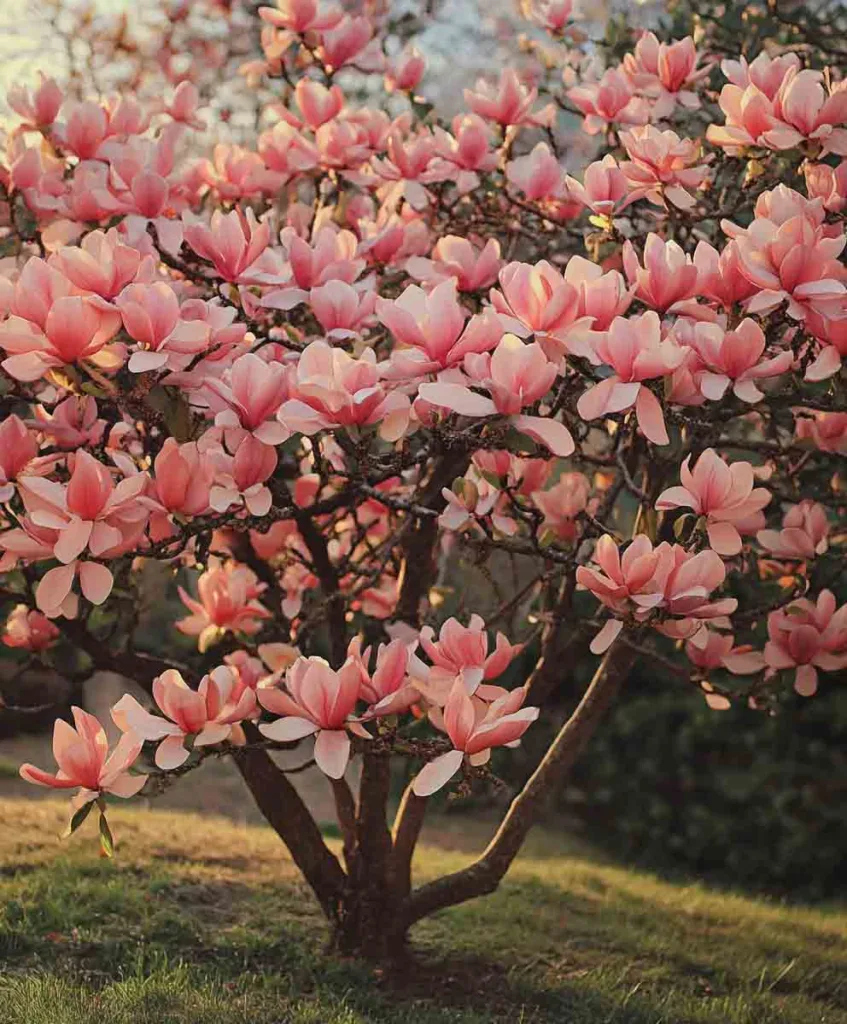
Magnolias are royalty in the tree world. Big, bold, and dripping with Southern charm.
I’m partial to the Little Gem variety, it’s compact but still gives that lush, glossy-leaf look and creamy white flowers.
- Height: 20–40 feet (Little Gem ~20 feet)
- Why it adds value: Evergreen, fragrant blooms, classic elegance
- Design Tips:
- Use near the front porch for instant sophistication
- Provide room to spread, they get wide
- Avoid planting too close to driveways, roots can be invasive
Trust me: A blooming magnolia tree practically sells the house for you.
4. Dogwood

Dogwoods are like nature’s confetti. In spring, they burst with soft pink or white blossoms, and in fall? Gorgeous red foliage.
They’re compact and ideal for small front yards.
- Height: 15–30 feet
- Why it adds value: Four-season beauty, shade + show
- Design Tips:
- Great under taller trees or beside porches
- Looks magical with ground covers like hostas
- Use mulch rings to retain moisture and keep weeds away
One more thing: Buyers love how low-fuss these are!
5. Red Oak
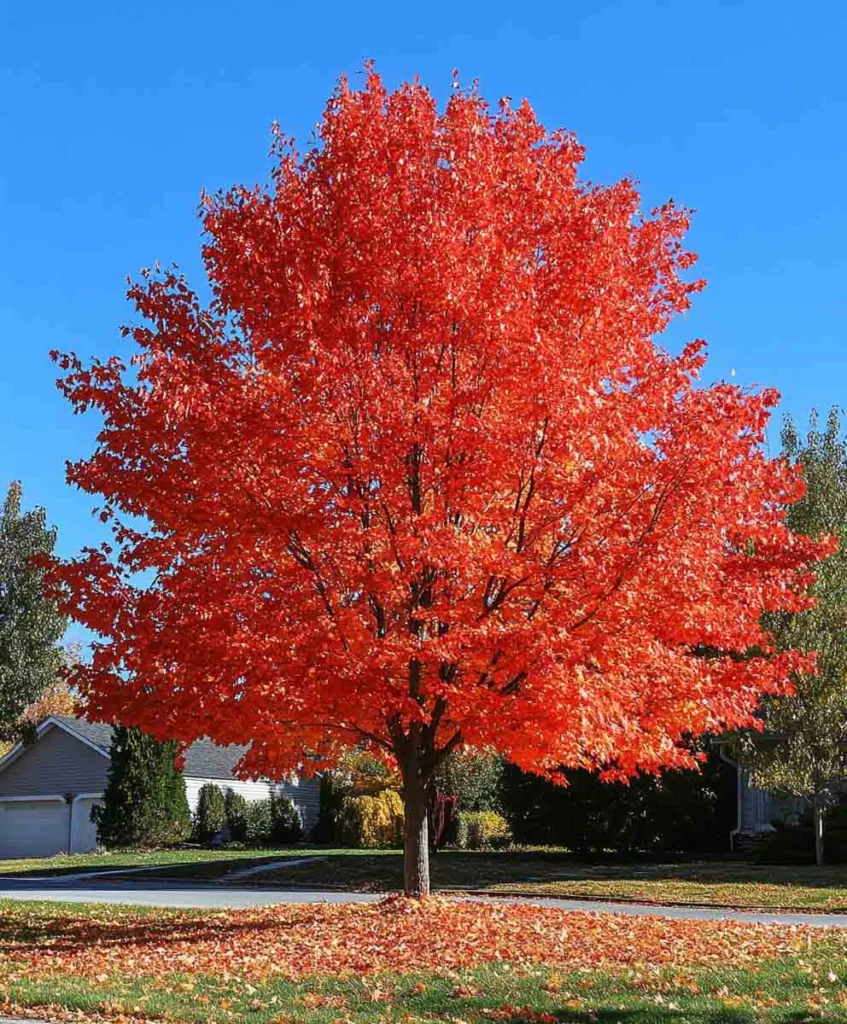
Want shade, strength, and legacy? Red Oak is your tree.
It’s fast-growing, durable, and gives your backyard that mature, park-like feel buyers absolutely love.
- Height: 60–75 feet
- Why it adds value: Long-term shade, strong limbs, classic American landscape
- Design Tips:
- Ideal for backyard canopy
- Don’t plant too close to the house, give it room
- Pair with a swing or hammock for an emotional “aww” factor
Caution: Keep those roots away from sewer lines!
6. Olive Tree
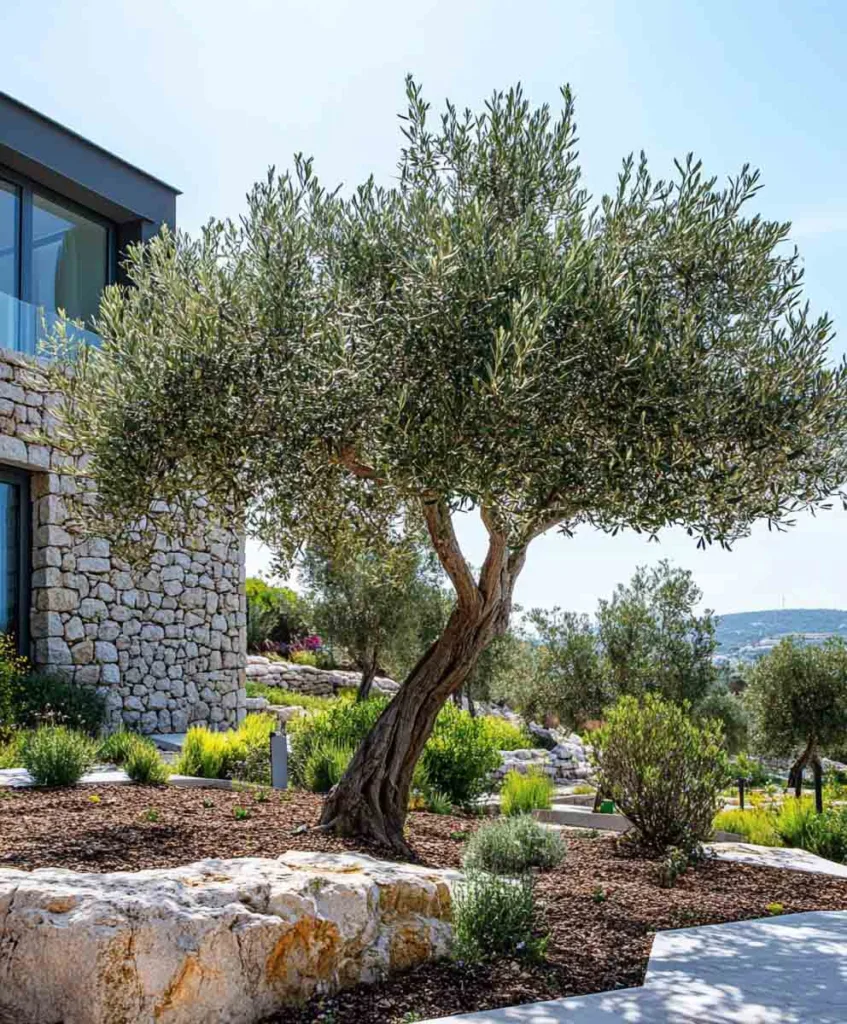
If you live somewhere warm and dry (looking at you, California!), the olive tree is your secret weapon.
It gives off rustic Mediterranean vibes and instantly upgrades your patio or courtyard.
- Height: 20–30 feet
- Why it adds value: Drought-resistant, exotic feel, evergreen
- Design Tips:
- Use asymmetrical placement for a natural look
- Perfect in terracotta pots for patios
- Choose non-fruiting varieties like Swan Hill to avoid mess
Tiny but mighty: These trees make small spaces feel luxuriously curated.
7. River Birch
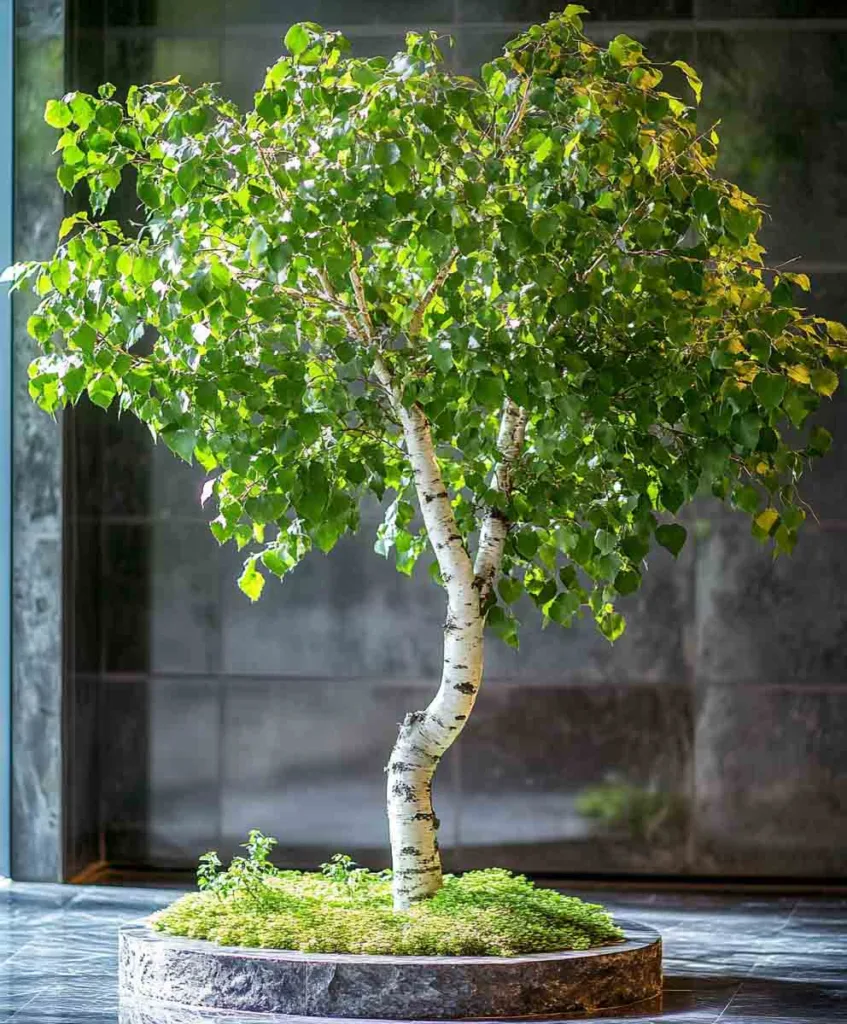
River Birch is your go-to for damp areas, tricky soil, or when you need fast growth.
Its peeling bark is such a visual treat, and that alone makes it feel custom.
- Height: 40–70 feet
- Why it adds value: Tolerates wet soil, fast growth, decorative bark
- Design Tips:
- Ideal near ponds, swales, or soggy corners
- Use uplights to show off that bark at night
- Looks stunning in groupings of 3 (trust me!)
Heads-up: It drops small twigs often, just part of the charm!
8. Arborvitae
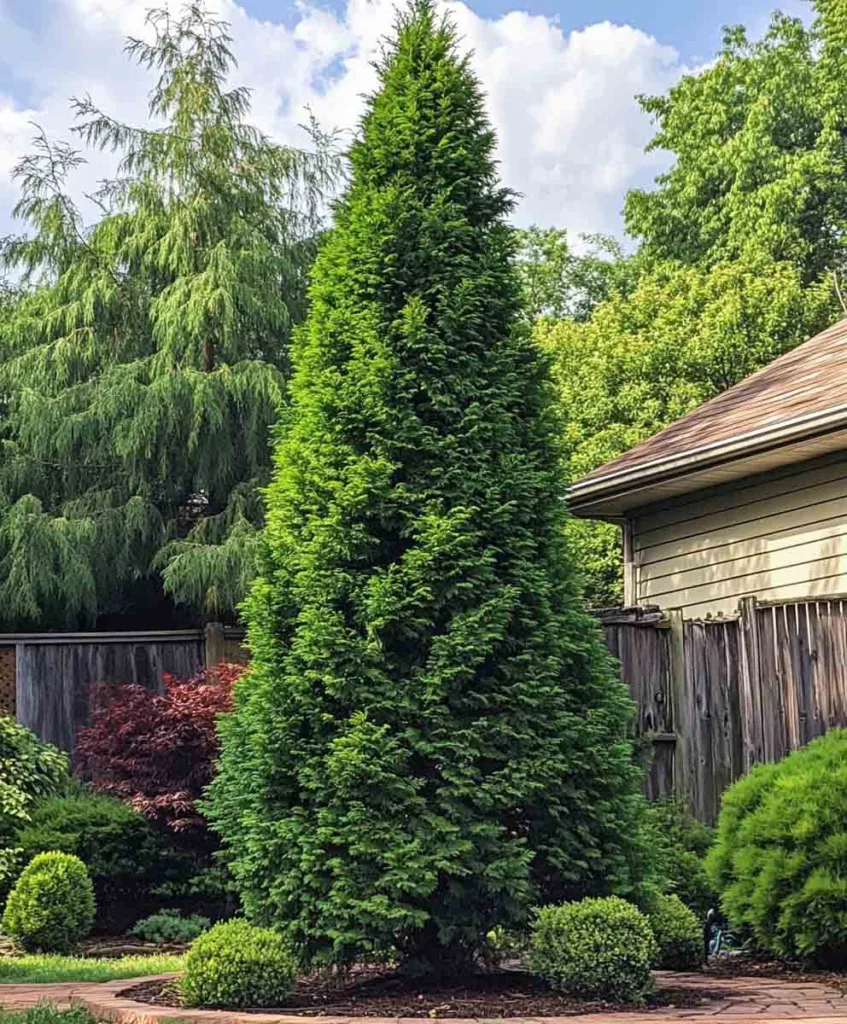
These are basically the privacy hedge MVPs. Arborvitaes are tall, narrow, and super low-maintenance.
Plant them in a line, and voilà, instant green wall.
- Height: 12–40 feet
- Why it adds value: Fast privacy, evergreen, minimal upkeep
- Design Tips:
- Use for fencing, sound blocking, or pool screening
- Space them 3–4 feet apart for best coverage
- Choose Emerald Green for compact spaces
Warning: Deer love them. If that’s an issue, go with a deer-resistant variety.
9. Fruit Trees (Lemon, Apple, etc.)
A fruit tree adds something magical. It’s edible, fragrant, and loaded with charm.
I planted a lemon tree last spring and it’s become the heart of my garden.
- Height: Varies (6–25 feet)
- Why it adds value: Fresh produce, visual appeal, family-friendly vibe
- Design Tips:
- Choose dwarf or semi-dwarf for small spaces
- Keep a tidy mulch ring and prune annually
- Pair with bee-friendly flowers for bonus pollination
Buyer appeal: It’s not just a tree, it’s a lifestyle.
10. Tulip Tree
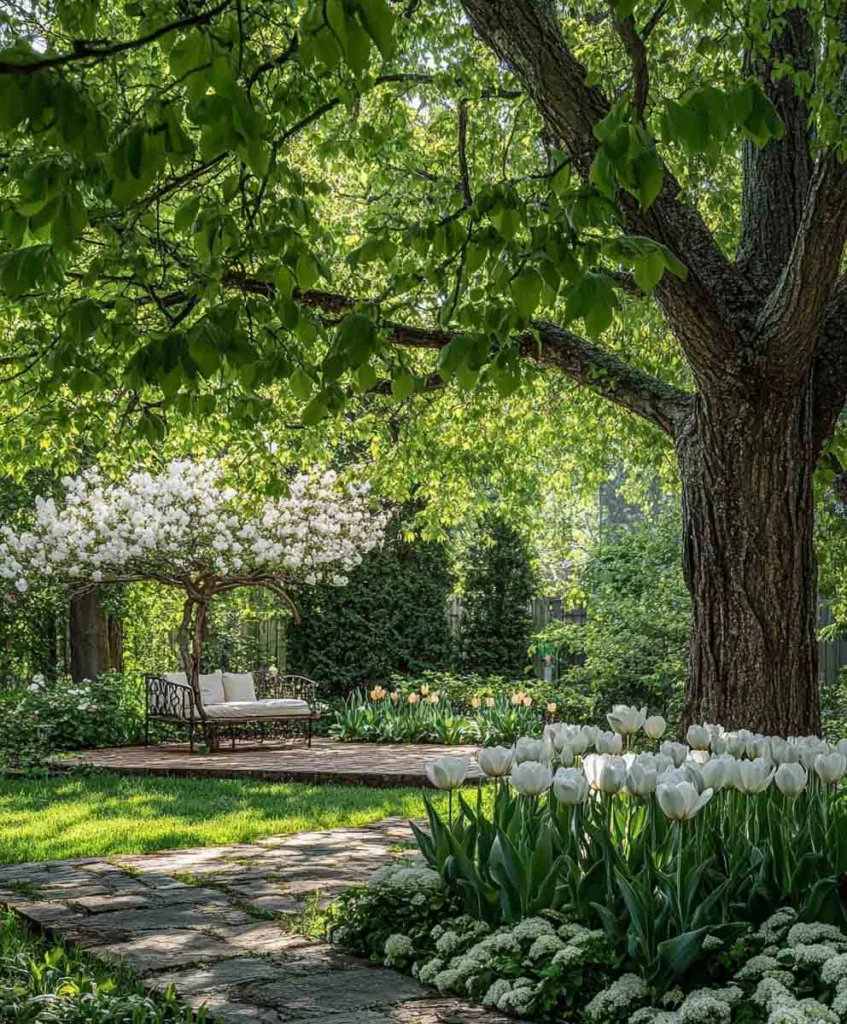
Want fast-growing shade and spring blooms? Tulip Trees are a dream.
They have unique leaf shapes and canopies that feel majestic.
- Height: 70–100 feet
- Why it adds value: Fast growth, eye-catching flowers, shade powerhouse
- Design Tips:
- Perfect for large front yards or backyards
- Pair with ornamental grasses for contrast
- Avoid planting under power lines, they get tall
Watch out: Leaves drop heavily in fall, but it’s worth the sweep!
Frequently Asked Questions
What is the best tree to plant for resale value?
The Japanese Maple is a favorite for front yards, while Arborvitae adds instant privacy, both are excellent for resale. Buyers love trees that are low-maintenance, beautiful, and practical.
How long does it take for trees to increase property value?
Some trees, like Crape Myrtle or Dogwood, begin adding visual value within 1–2 years. Others, like Oaks, provide significant return in 5–10 years once mature.
Should I plant trees near my house?
You can, but be cautious. Keep at least 15–20 feet between large trees and your home to avoid foundation or roof damage. Smaller ornamental trees can be planted closer.
Do trees really increase appraisal value?
Yes! According to real estate experts, homes with well-landscaped yards and mature trees sell for up to 15% more than homes without. Trees also help reduce utility bills, which adds value.
Are there trees I should not plant?
Avoid Silver Maple, Bradford Pear, or Willow trees. They tend to have weak wood, invasive roots, and high mess factors. Always research the species first!
Final Thoughts
I always say, planting trees is like giving your home a long-term gift. It’s not just about shade or flowers. The right tree can completely transform your property, emotionally and financially.
Whether you’re going for curb appeal, privacy, or just want to sit under some branches with lemonade, the trees on this list are solid choices.
So go ahead, dig in, plant smart, and grow your home’s value one tree at a time.
Let me know which tree you’re eyeing for your yard, I’d love to hear what’s growing in your world!

